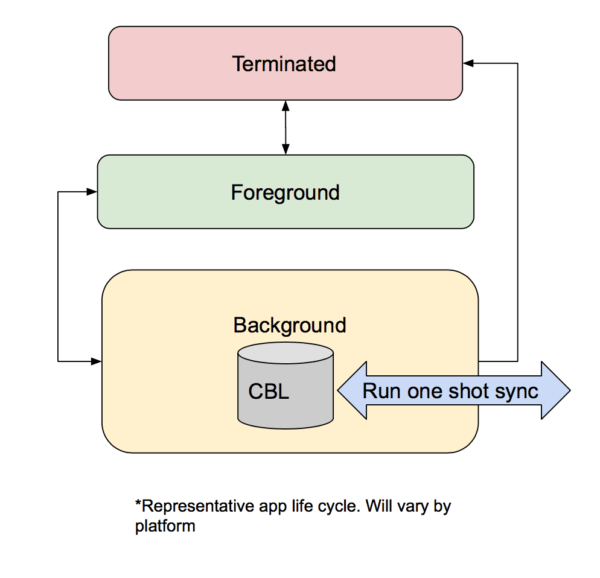Couchbase Lite is a full-fledged NoSQL JSON document database for mobile and desktop applications. Couchbase Lite’s Predictive Query API allows applications to leverage pre-trained, Machine Learning(ML) models to run predictive queries against data stored in application's local Couchbase Lite database in a convenient, fast and always-available way. These predictions can be combined with predictions made against real-time data captured by your app to enable a range of compelling applications.
In this post, I provide an overview of the feature including context around why we built it and the kinds of applications that it can enable. I also demonstrate the use of the Predictive API with an example.


